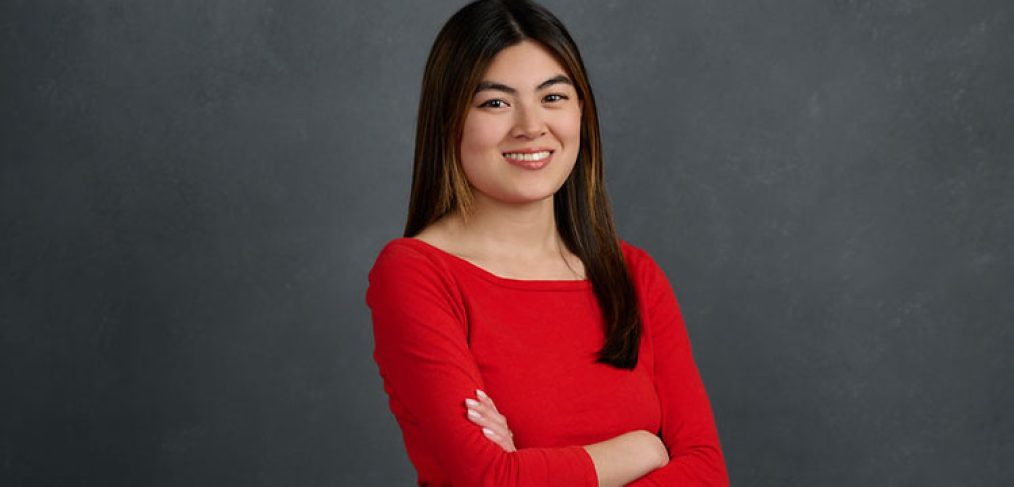Molly Schrader joined Dallas ISD as a digital coordinator more than a year ago.
She moved to Dallas in 2020 from Austin after graduating from the University of Texas at Austin. She’s a big Taylor Swift fan, an animal lover and a world traveler. We asked her to share some thoughts about her identity as we celebrate Asian American Pacific Islander month.
There are things in this life that you can control and others you cannot. One of those is how you are perceived by others, and I’m sure you can guess which of the two categories that fits into. One of the beauties of life, and something that I’ve learned can set you free, is who you decide to be and the choices you make. Oftentimes, there is a lack of control over parts of your identity such as where you grow up or who your family is, but there is something powerful about the amount of autonomy you actually have once you claim it.
My generation, Gen Z, is commonly referred to as anxiety-ridden when it comes to identity and figuring out who we want to be, but I find that this generation largely subscribes to the idea of liberation of the self. It’s liberating to feel that I decide what I like, what I dislike, who I surround myself with, what I wear, and so much more, but something I haven’t ever had control over is how I am perceived.
I was born in Jiangmen, China, and adopted by a loving set of parents 8,000 miles away in the United States, with a house full of pets. I am their only child. I have hooded eyes, naturally dark hair and barely stand 5 feet tall. It’s easy for people to put me in a box, to assume my culture and sometimes ask odd questions. I’m accustomed to answering those odd questions after years of rehearsing my response. I’m okay with it now–sometimes people are unsure what to make of you and can’t help but be curious.
The place where I first started to question my identity was at school. Growing up, I attended a small parochial school in Florida where I was the only Asian student for the entire eight years I was there. Of course, I knew and felt that I was different. I thought that made me unique or even special. But some days, it made me feel isolated. Thank goodness Disney has had an Asian princess since the early 2000s, right?
While the younger me didn’t fully understand why some kids felt the need to point out my physical differences, I realized by the end of elementary school that having my identity questioned, and as a result feeling inclined to question myself, was something that would follow me for the rest of my life. The conversation around identity has a depth that many—both children and adults—find difficult to navigate. Even now, in the 21st century, identity remains an elusive and controversial concept to grasp.
Do I identify with being Asian? I used to tell people that I only looked Asian. That’s probably still true; after all, I was an infant when I left my native country. But it’s always been a lengthy, multi-faceted question to answer. It wasn’t until college that I found other friends of color who are as Americanized as I am but with their own non-white identities and yet not foreign by any means.
Things changed after the pandemic and the ensuing anti-Asian rhetoric in some quarters. Then, suddenly, there was a cultural shift when many young people began to copy the makeup of Korean idols, eat Korean food and watch K-dramas.
In one way, I’m glad that society is becoming more accepting of Asian culture, perhaps through the surge of K-pop’s global influence. On the other hand, I often think back to the younger me who rejected the idea of being Asian and felt it was a shameful thing to be. Your identity touches so many parts of your life: who’s interested in hiring you, who’s trying to check a diversity box, who thinks you’re the deciding factor in whether something is insensitive, and so on. And really, we’re all influenced by our environment. I grew up speaking Spanish and eating arroz con pollo, but no one expects that from the only Asian girl in the room.
It’s likely that I’ll never feel just one way about my identity and that insecurities about being Asian will inevitably surface from time to time. But I’m learning to embrace feeling comfortable with how others view me and not trying to change their perception of me. In the past, I probably would have felt bothered by being asked to contribute to Dallas ISD’s Asian American Pacific Islander Heritage Month initiative. Today, I can say that writing this account has brought me back to feeling that my story is unique.


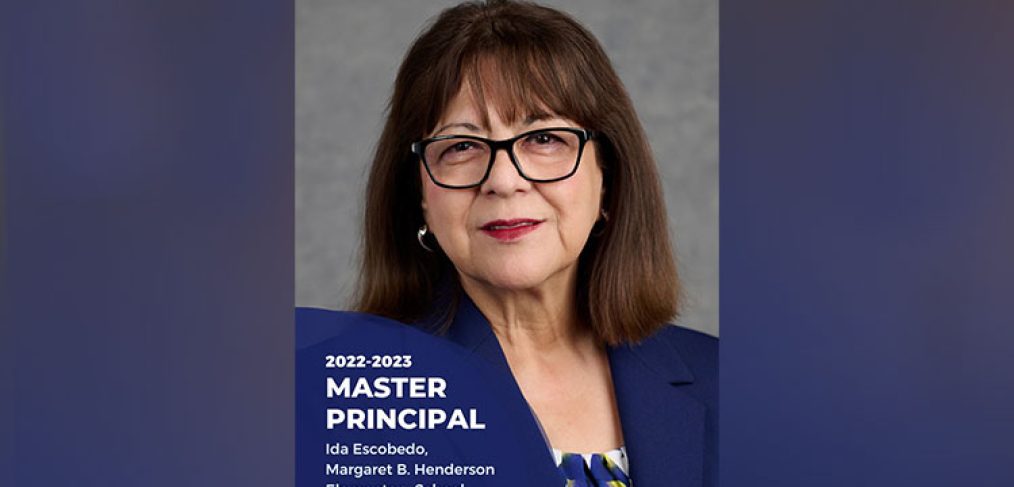
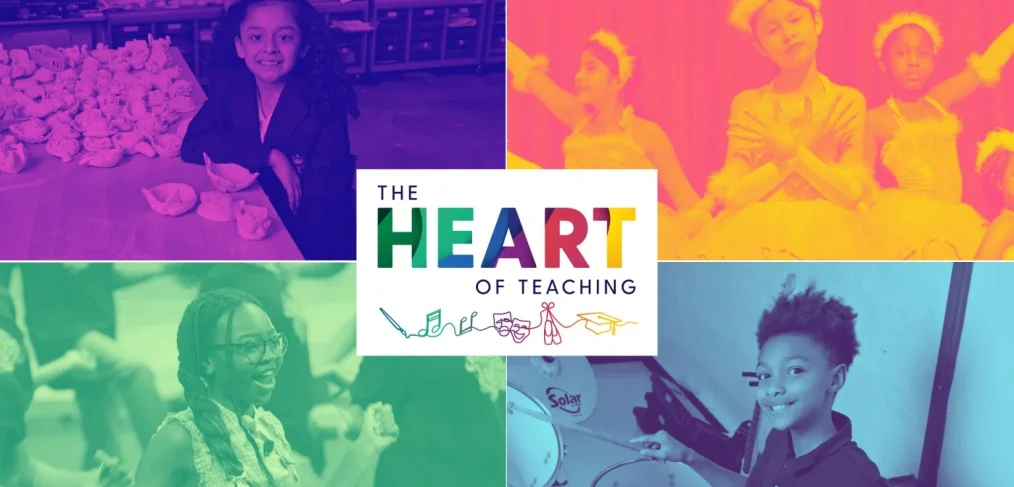
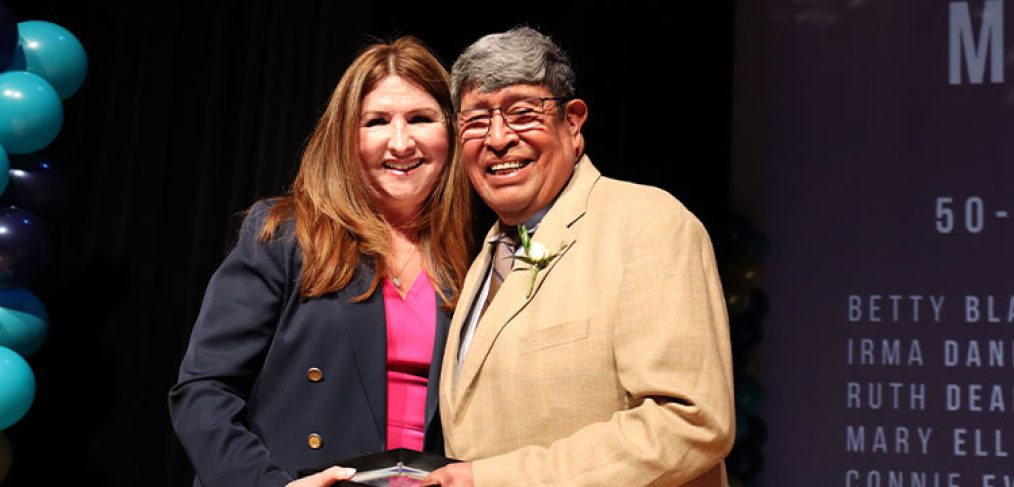
 Munoz married Yolanda Silvas in Dallas before going to Vietnam as a member of the armed forces. Upon returning in 1971, he applied to Dallas ISD.
Munoz married Yolanda Silvas in Dallas before going to Vietnam as a member of the armed forces. Upon returning in 1971, he applied to Dallas ISD.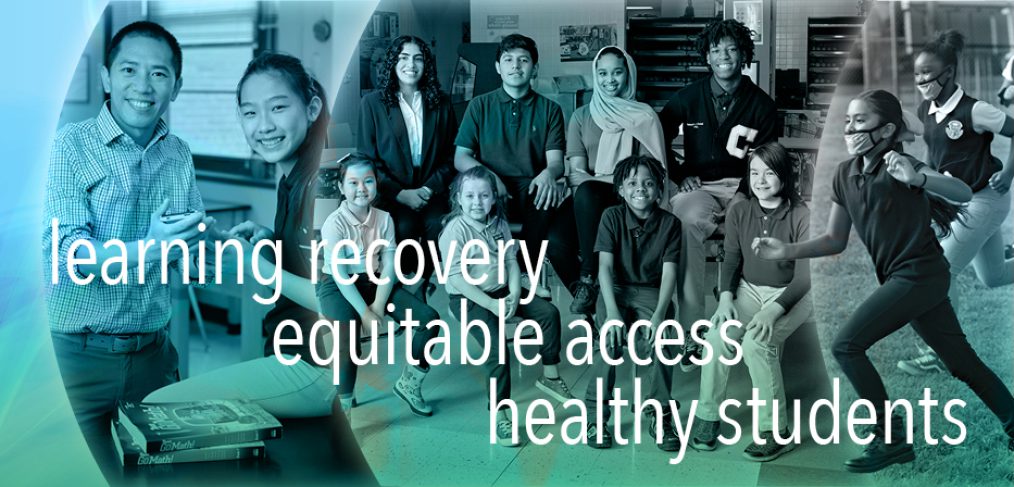
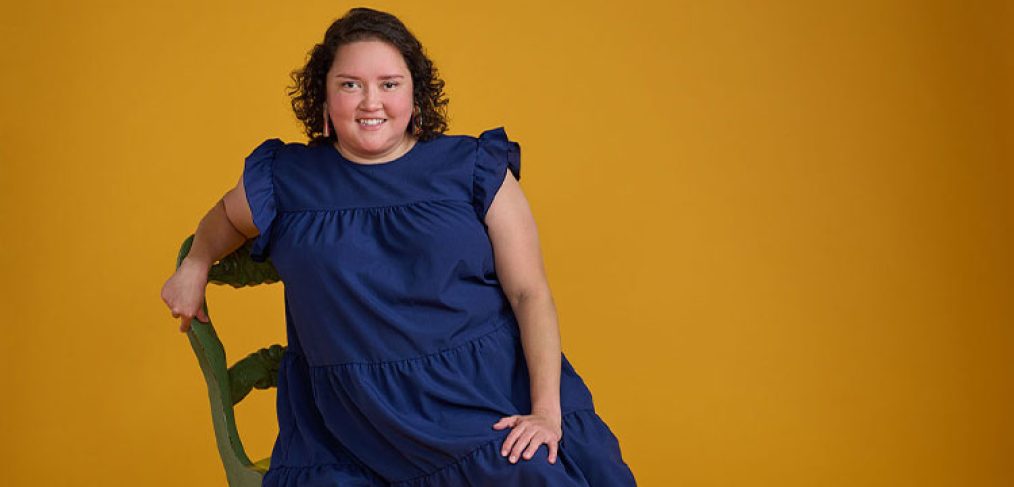

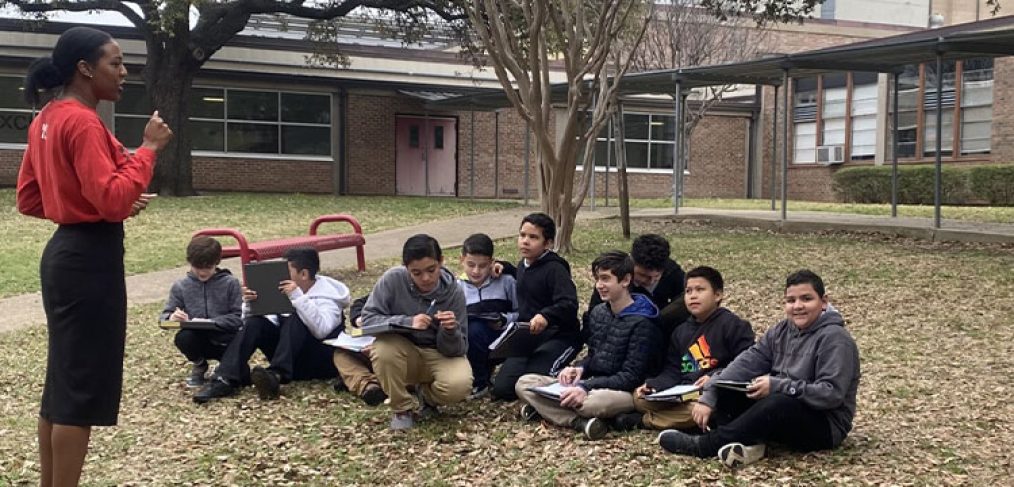
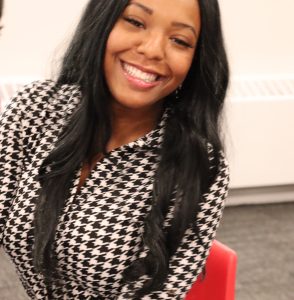 “I literally had the best semester of my life,” Moka said. “And I thought, ‘I need to do this now.’”
“I literally had the best semester of my life,” Moka said. “And I thought, ‘I need to do this now.’”